Pearl Oyster For Sale
The pearl oyster, scientifically known as Pinctada and commonly referred to as the pearl-producing oyster, is a fascinating marine mollusc renowned for its role in pearl production. These oysters inhabit tropical and subtropical waters, particularly in the Pacific and Indian Oceans, and are attached to submerged surfaces like coral reefs and rocky substrates. Pearl oysters are distinctive for their smooth, rounded shells, which come in a variety of hues, including pink, silver, and gold, as well as white and cream. Their shells have nacre, a glossy material that is essential to the creation of pearls, along the inside layer. The pearl mushrooms secretes layers of nacre around any irritation it comes into contact with, such as a sand grain or a parasite, which finally forms into a pearl.
Size, shape, colour, and lustre are just a few of the characteristics that affect a pearl’s quality and value. Pearls come in two varieties: cultivated and natural. farmed in controlled environments to ensure consistency and quality. pearl oyster mushroom are economically significant both for the jewellery industry and for their role in aquaculture. Cultivating pearls provides a sustainable source of income for many coastal communities. Beyond their economic value, sour diesel pearl mushrooms also contribute to marine ecosystems by forming reefs that support diverse marine life.
Key Features Of Oyster Mushroom
- Pearl Production: Known for producing pearls, formed when an irritant is encased in layers of nacre.
- Scientific Name: Belongs to the genus Pinctada, which includes several species involved in pearl farming.
- Habitat: Inhabits tropical and subtropical waters, commonly found on coral reefs and rocky surfaces.
- Shell Characteristics: Features smooth, rounded shells with various colours, including white, cream, pink, silver, and gold.
- Nacre Layer: The inner shell layer, made of nacre, is critical for pearl formation and gives pearls their lustre.
- Pearl Quality: Pearl oyster mushrooms vary in size, shape, colour, and lustre, which affect their quality and value.
- Cultured vs. Natural Pearls: Pearls can be natural, formed in the wild, or cultured, produced in controlled aquaculture environments.
- Economic Importance: Vital to the jewellery industry, providing high-value gemstones and supporting pearl farming operations.
- Aquaculture Role: Pearl farming offers a sustainable income source for coastal communities and promotes responsible marine management.
- Ecosystem Contribution: pearl oyster mushrooms contribute to marine ecosystems by forming reefs that provide habitat and support biodiversity.
Specifications Of Grey Oyster Mushroom
- Scientific Name: Pleurotus ostreatus
- Cap Shape: Broad and fan-shaped
- Cap Size: 5-25 cm in diameter
- Colour: Ranges from white, grey, Polkadot Cherry Kiwi Limeade Gummies to tan
- Gill Attachment: Decurrent (running down the stem)
- Spore Print Color: White to lilac-gray
- Stem: Short, thick, often off-centre
- Habitat: Grows on decaying wood, often found on deciduous trees
- Growth Temperature: 20-30°C (68-86°F)
- Edibility: Edible, commonly used in culinary dishes
- Nutritional Value: High in protein, fibre, vitamins, and minerals
- Cultivation: Easy to grow, suitable for indoor and outdoor cultivation
- Flavor Profile: Mild, slightly nutty, with a tender texture



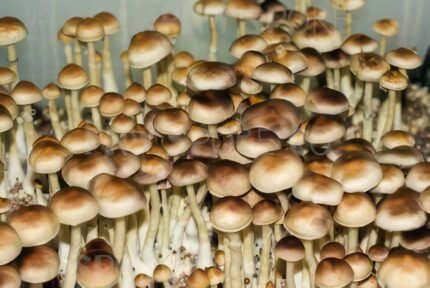


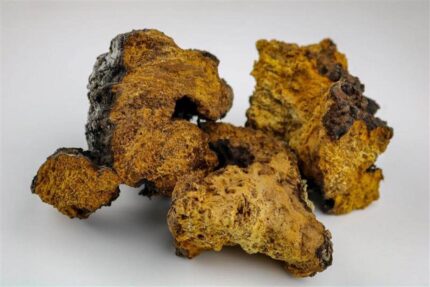
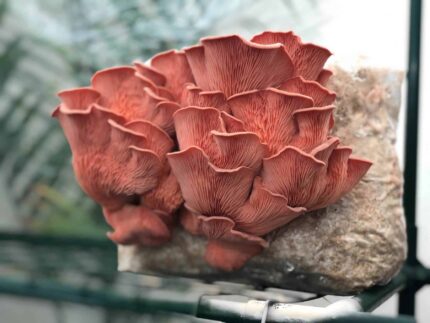
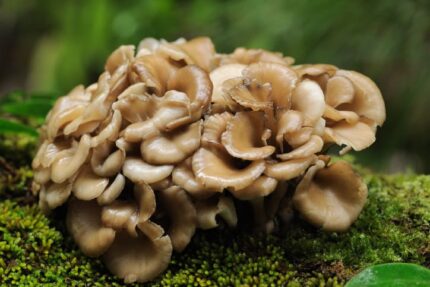
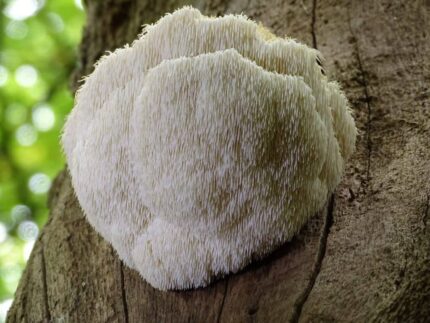

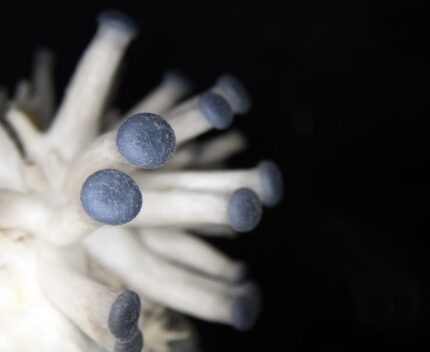
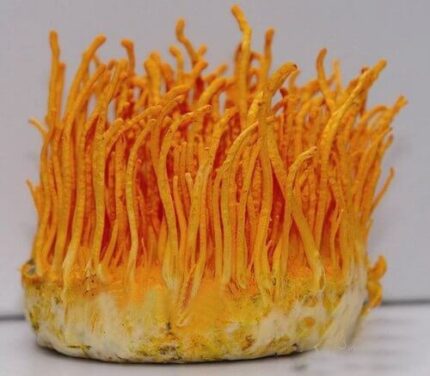
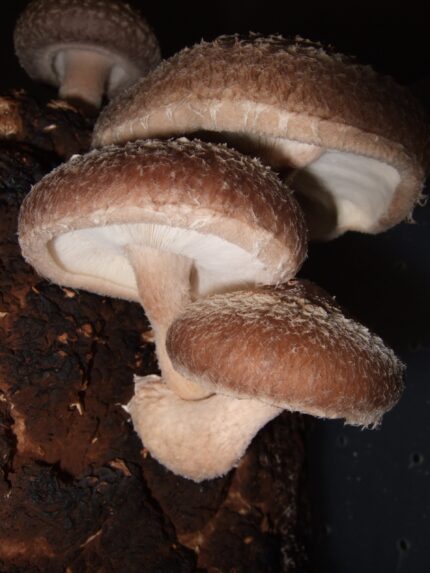
Reviews
There are no reviews yet.